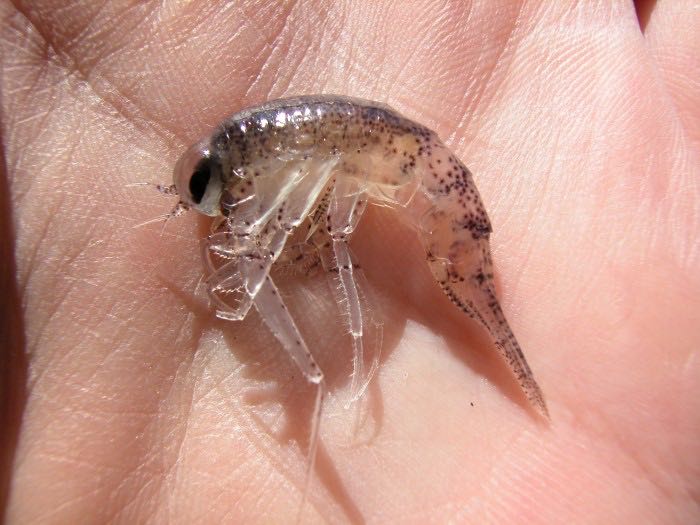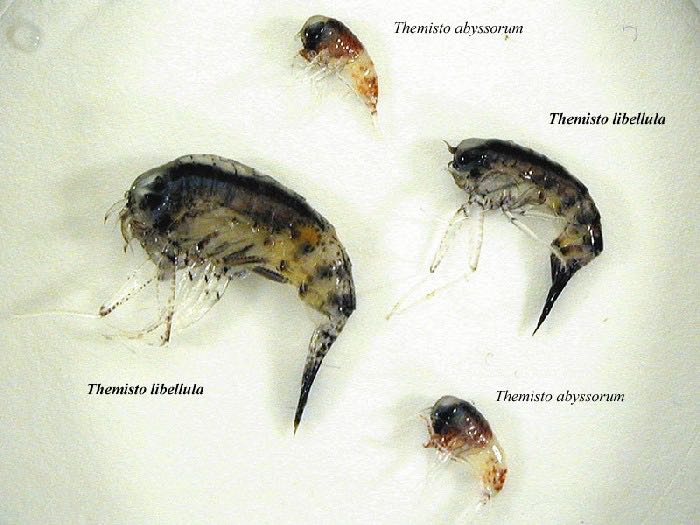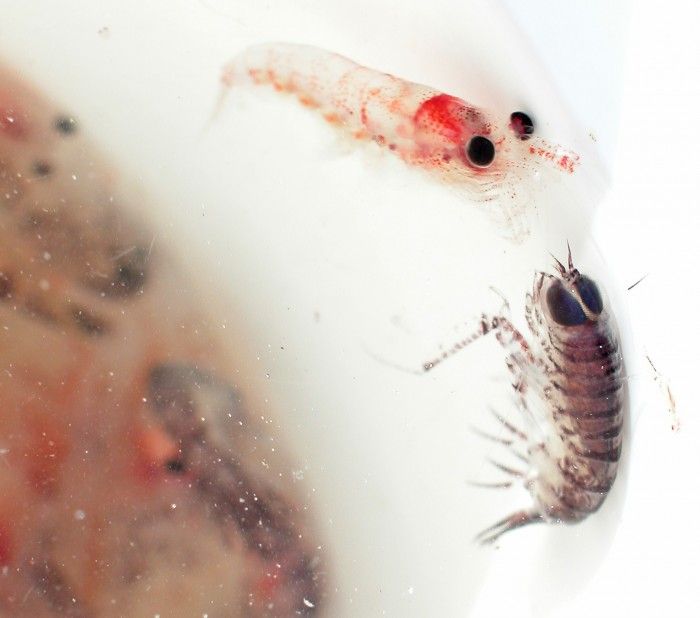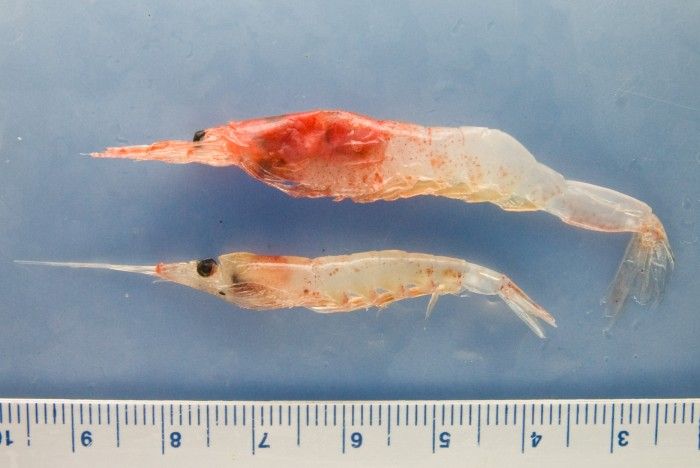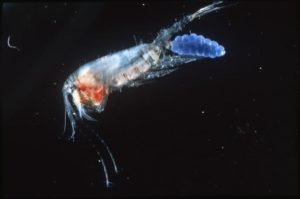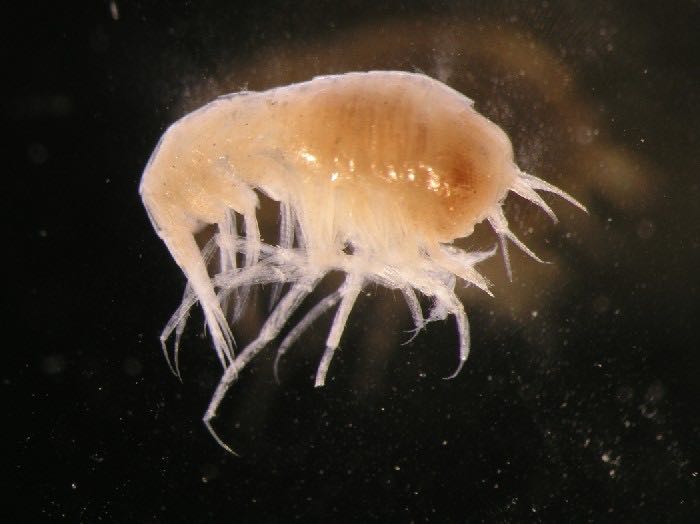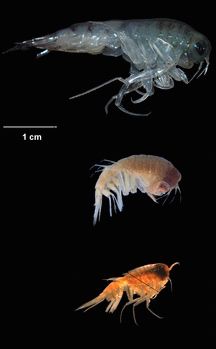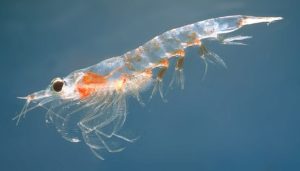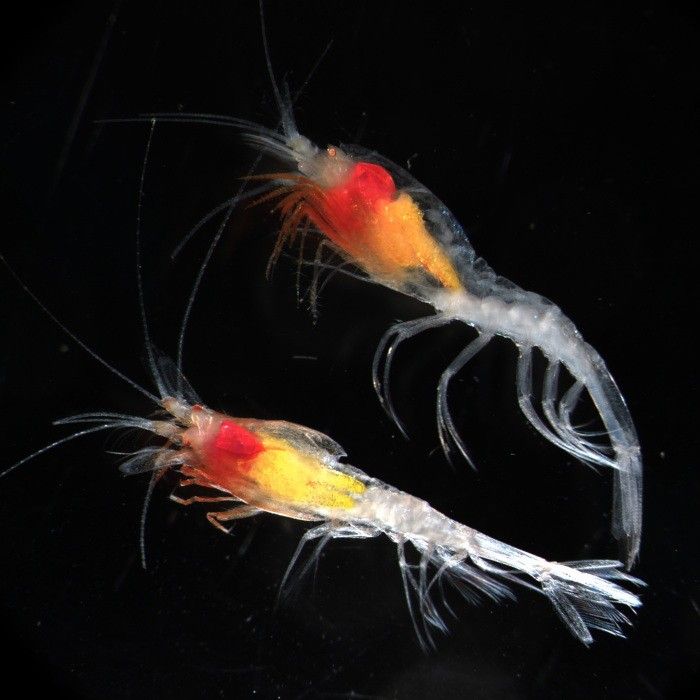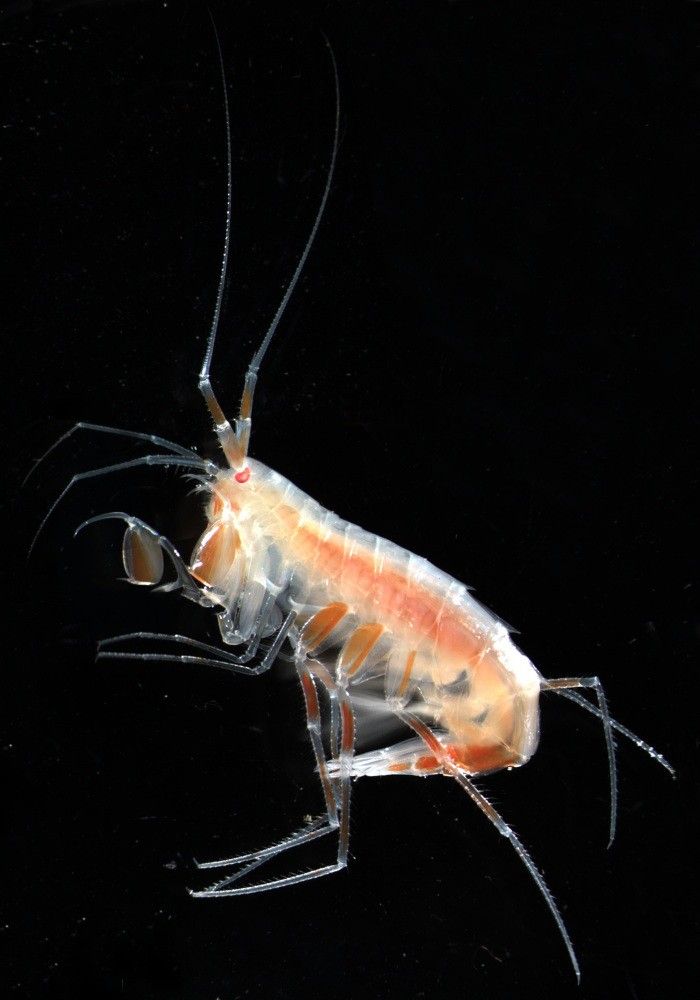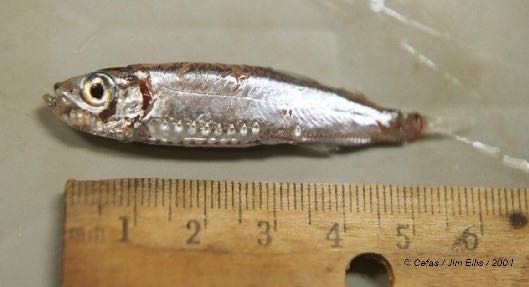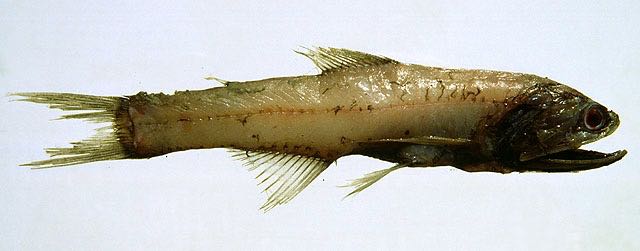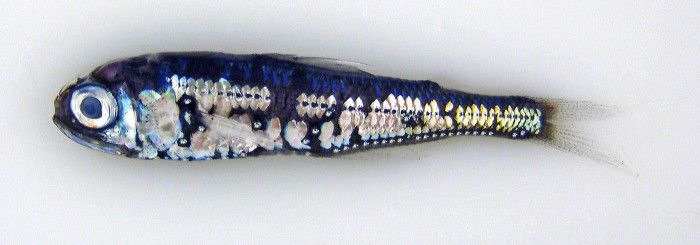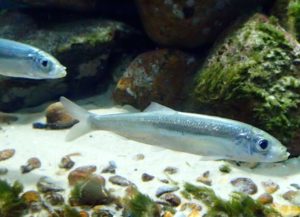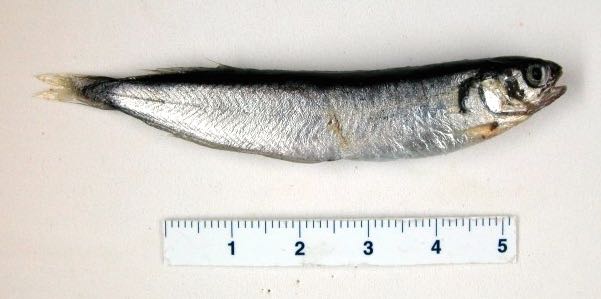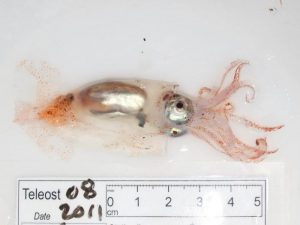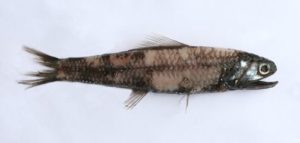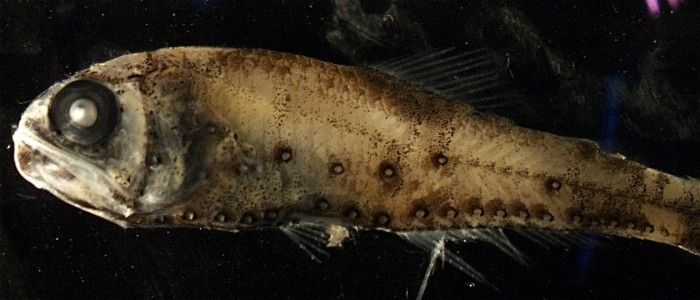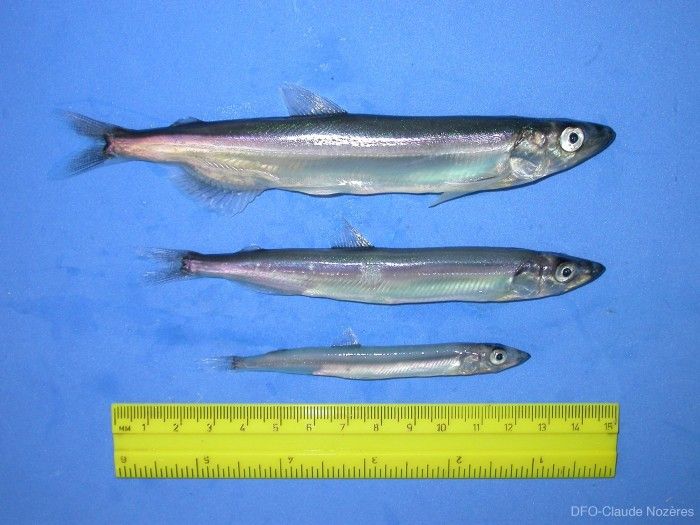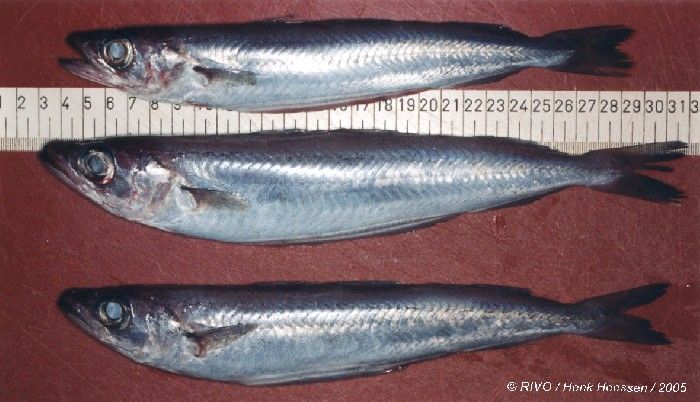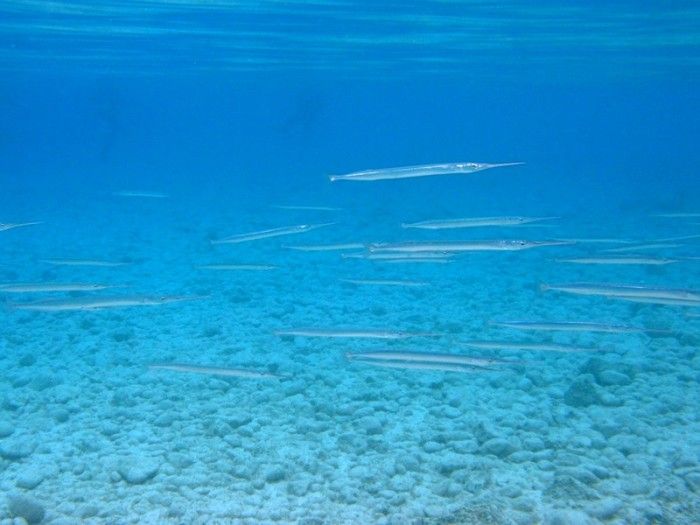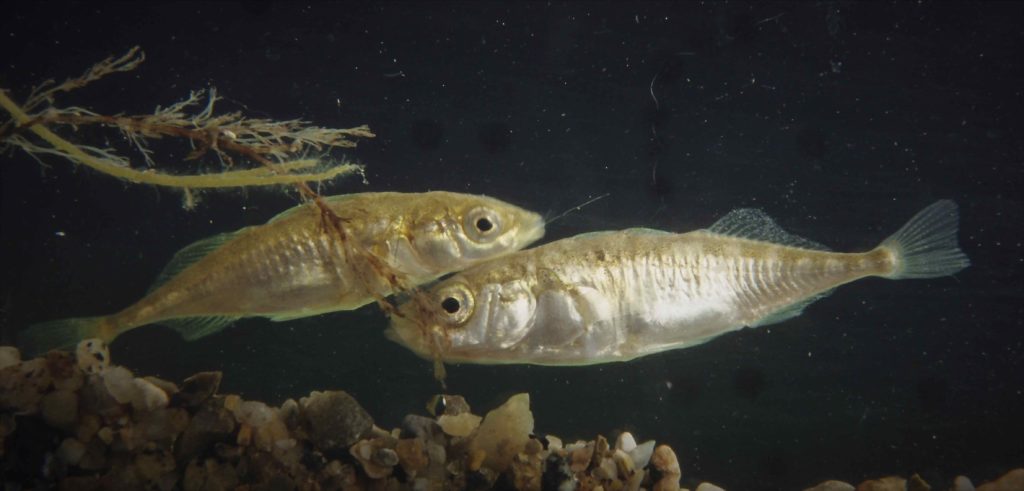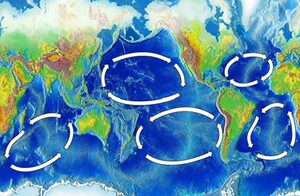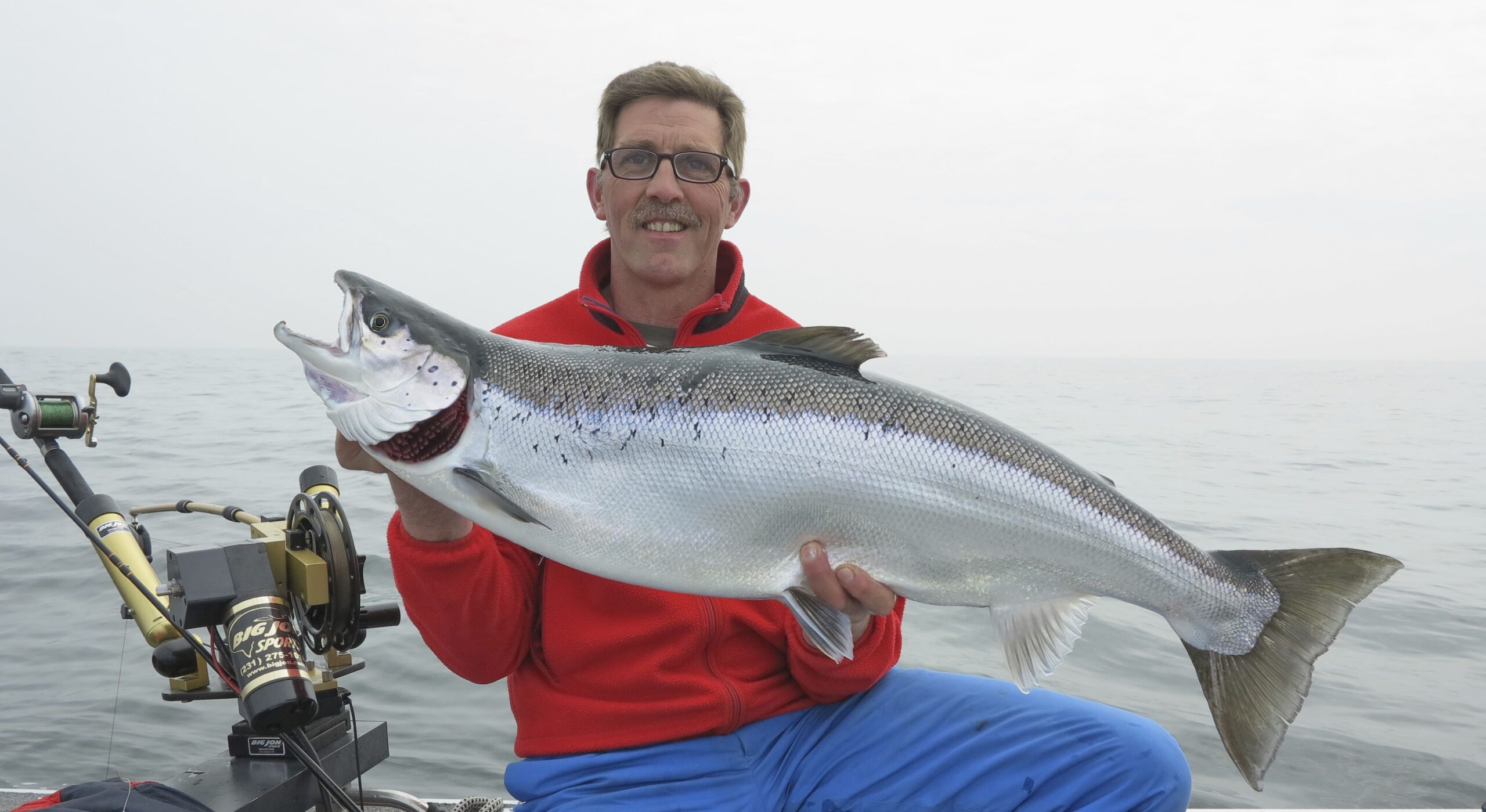
What do salmon eat in the sea? While many people hold a vague understanding of this question, the reality is that our knowledge on the matter remains limited. Science can only offer a partial glimpse into the life of Atlantic Salmon at sea.
Above: A pioneering figure in high-seas salmon exploration, the late Mr. Flemming Madsen, proudly displays an Atlantic salmon caught in the Baltic Sea near Ystad.
Marine biologists propose that salmon are opportunistic feeders, and research has not definitively concluded on their food selection, feeding behavior, and foraging habits, particularly concerning the Atlantic Salmon species.
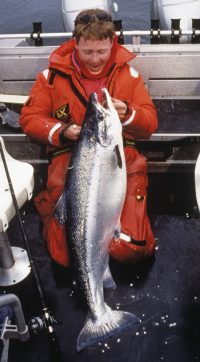
What do salmon eat in the sea?
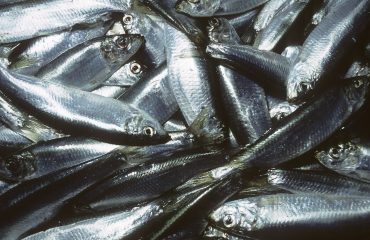
Baltic salmon is on a protein-rich diet
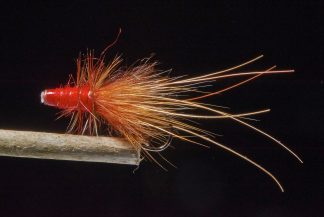
What do salmon eat in the sea?
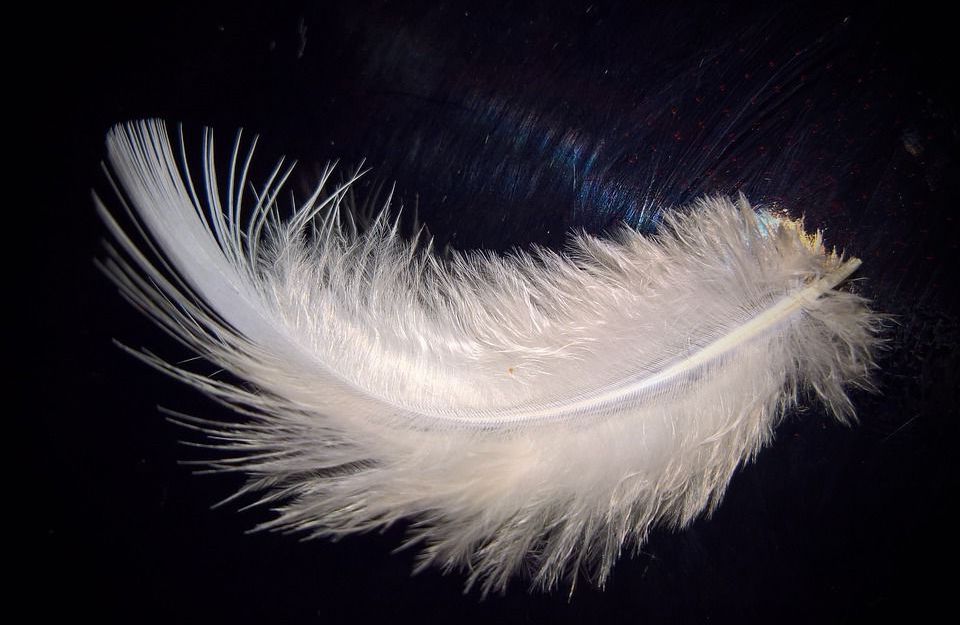
Odd finding in salmon stomacs at high sea

The repport we used to learn what do salmon eat in the sea?
Important crustaceans from the Jacobsen and Hansen survey
Studies into salmon feeding at high seas in the North-East Atlantic show that shrimps accounted for 95% of the food in number, but only about 30% by weight
Above: Crustaceans of the genus Thermistor libellula one of the crustaceans salmon, had eaten in the sea north of the Faeroe Islands. Along with other crustaceans, this food source was found in high numbers during the survey conducted during late autumn. Photo Mr Claude Nozères, World Register Of Marine Species
Above: Thermisto libellula in comparison to its cousin: Themisto abyssorum. Photo Mr Kwasniewski Slawomir, World Register Of Marine Species
Above: Meganyctiphanes norvegica swimming with a Thermisto libellula (see above) – Both important animals in the zooplankton food chain. Both are 30 – 45 millimetres big. Photos Mr Claude Nozères, World Register Of Marine Species
Above: Sergestes arcticus (top of photo), another type of shrimp. Below in the same photo is a Nothern krill, Meganyctiphanes norvegica. Photo Mr Claude Nozères, World Register Of Marine Species
Above: Paraeuchaeta norvegica. A marine planktonic copepod 6 – 7 millimetres long – The blue sack at the rear is eggs. Photo © ®Fisheries and Oceans Canada, Jean-François St-Pierre, 2011
Above: Crustaceans of the genus Themisto abyssorum – another important food source found during the survey. Photo Mrs Joanna Legeżyńska, World Register Of Marine Species
Above: From top to bottom: Thermisto libellula, Themisto abyssorum and Thermisto compressa. Three crustaceans were found in great numbers in the survey conducted in the North-East Atlantic. Photo Mr A. Kraft, Alfred-Wegener-Institut
Above: Meganyctiphanes norvegica A krill commonly known as the Northern Krill. A crustacean that is a central figure in the zooplankton mass and an important course of food for whales, birds and fish in the North Atlantic. Photo: © & ® Øystein Paulsen
Above: Hymenodora glacialis Brilliant blood-red shrimp growing to 19 – 20-millimetre. Photo Mr Russ Hopcroft, World Register Of Marine Species
Above: Eusirus holmi – A 40 – 50-millimetre big Gammaridea. Photo Mr Russ Hopcroft, World Register Of Marine Species

Important fish and squid from the Jacobsen and Hansen survey
By weight, 66% of the stomach content was fish, particularly mesopelagic fish. Some larger pelagic fish such as herring, blue whiting and mackerel were also part of the diet.
Above: Maurolicus muelleri: Pearlside. A small silver fish with pigment spots. Size: 40 – 80 mm – a species that lives (mesopelagic) from 20 – 400 meters deep. It lives at greater depth during the daytime and rises toward the surface when it gets dark. Photo Mr Jim Ellis, World Register Of Marine Species
Above: lampanyctus crocodilus or Jewel lanternfish. A small fish that feeds on zooplankton found from 45 – 4000 meters depth – fully grown it will stay between 700-1,000 meters during the day and 4000-1,000 meters at night. Photo Mr Costa, F, Discoverlife
Above: Myctophum punctatum. Its common name is spotted lanternfish. Just like Notoscopelus kroeyeri it lives to the depth of 1000 meters during the daytime but may come to the surface during nighttime Photo Mrs Daphne Themelis, World Register Of Marine
Above: Clupea harengus Linnaeus. Commonly known as herring belonging to the family Clupeidae (herrings, shads, sardines, menhadens), which consists of some 200 species, A large family of fish of great importance to marine life also in the North Atlantic. It feeds on copepods, crustaceans and fish eggs. Prefer relatively shallow waters 1 – 200 meters.
Above: Gaidropsarus argentatus. Commonly known as Arctic rockling, it is a genus of lotid fishes. (Here, a juvenile specimen). Found offshore at depths of 150- 2000 meters on soft bottoms. Photo Mr Claude Nozères, World Register Of Marine Species
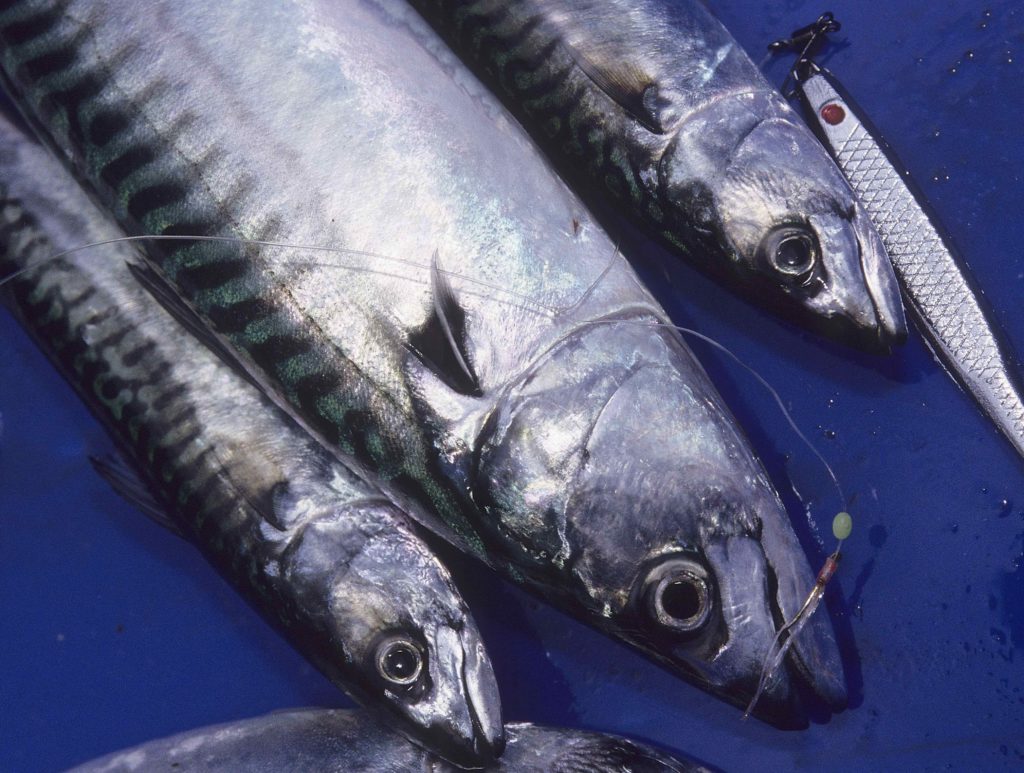
bove: gonatus fabricii or Boreoatlantic gonate squid or boreoatlantic arm hook squid, is a squid in the family Gonatidae. (Here is a juvenile specimen) It occurs in the northern Atlantic Ocean from Canada to the Barents Sea. Grows to 30 cm in length. This tiny beautiful squid was well represented in the Norwegian team’s late autumn and winter surveys. Photo Mr Claude Nozères, World Register Of Marine Species
Above: Arctozenus risso – A long fish of the baracudinas family, occurring singly or in small schools mainly at 200-1000 meters depth. Grows to 29-centimetre. Photo Mr Henk Heessen, World Register Of Marine Species
Above: Notoscopelus kroeyeri, Another deep sea fish that lives to the depth of 1000 meters during the daytime but may come to the surface during nighttime – Grow to 17 centimetres. It has glowing dots along the body that help disguise the fish’s outline when seen from below. Photo Mr Henrik Carl, Fiskeatlas –
Above: Benthosema glaciale. Commonly known as Glacier lanternfish. Also, a small migrating deep-sea fish that surges to 700 – 1000 meters at day time to return close to the surface at night time Photo Fisheries and Oceans Canada, World Register Of Marine
Above: mallotus villosus capelin: The capelin or caplin is a small fish of the smelt family found in the Atlantic and Arctic oceans – A important food source for the Atlantic salmon. Photo Mr Claude Nozères, World Register Of Marine Species
Above: Micromestistius poutassou. Commonly known as Blue Whiting, belonging to the cod family. Found over the continental slope and shelf to more than 1000 meters, but more common at 300-400 meters. Blue whiting can grow to a length of more than 40 centimetres. Photo Mr Henk Heessen, World Register Of Marine Species
Above: Belone belone. Commonly known as garfish. Yet another ferocious predator that the Atlantic salmon will feed on when they find them in the correct size. The garfish, or sea needle, is a pelagic, oceanodromous needlefish found in brackish and marine waters of the Eastern Atlantic, the Mediterranean Sea and the Baltic Sea. The garfish is a long and slender fish that grows to about 50 to 75 centimetres – They hunt in packs near the surface, Photo Mr Pillon Roberto, World Register Of Marine Species
Above: Gasterosteus aculeatus or three-spined stickleback. Lives in marine, brackish, fresh. Most populations are anadromous (they live in seawater but breed in fresh or salty water). Among the larger sticklebacks, it is usually 5 cm (2 in) long.

Still curious? - Read the whole report!
What do salmon eat in the sea? - Facts from other surveys on salmon feeding
Science will tell us that adult salmon will prey on whatever organisms are present
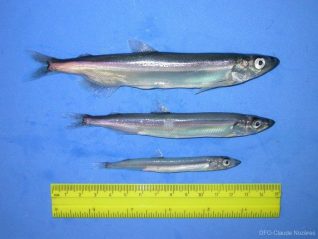
86 % of the food was Caplin
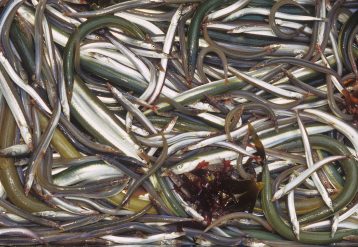
Salmon inhabiting the coastal waters of Greenland predominantly feed on fish.
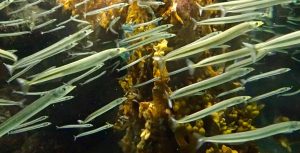
Salmon in the Grand Banks region predominantly feed on Capelin and sand eels
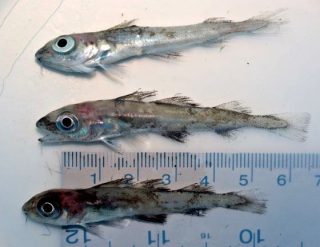
Young cod is on the menu in Labrador
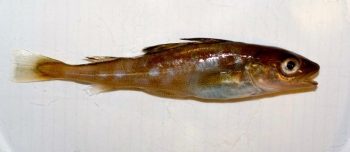
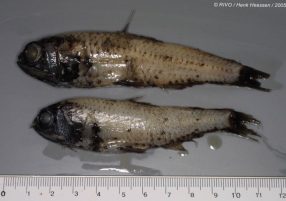
Caught on sprats, but their primary food sources were small krill and tiny crustaceans
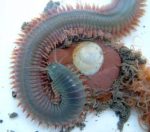
Scottish salmon have been observed feeding on ragworms
How do salmon get to the food out at sea ?
Climate changes may alter the life at sea – and stocks of Atlantic salmon
Certain scientists have proposed that the notable shifts observed in sea-surface temperatures across the North Atlantic might have played a role in heightened mortality rates among young salmon, often referred to as post-smolt. It is theorized that these temperature variations could be linked to the pronounced decline witnessed in Atlantic salmon populations over recent decades.

 With this biological survey from 2001, we plunged into the depths, meticulously examining the contents of thousands of salmon stomachs to identify some of the most common critters that salmon consume.
With this biological survey from 2001, we plunged into the depths, meticulously examining the contents of thousands of salmon stomachs to identify some of the most common critters that salmon consume.